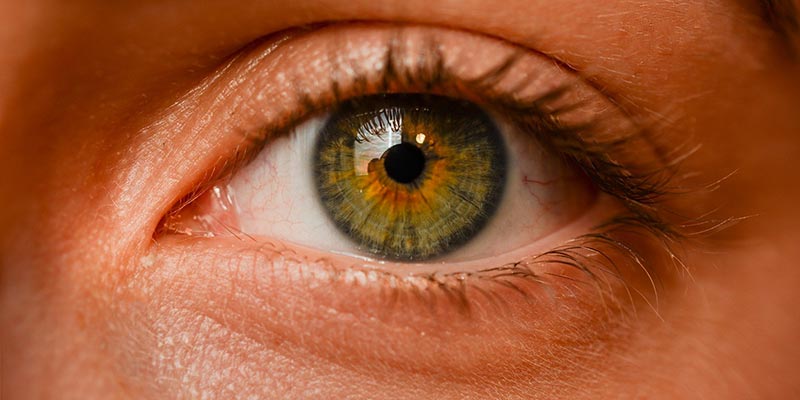
Efficient vision in a structured world
Context
Natural environments challenge our brain with vast amounts of visual information. How does our visual system deal with this complexity? This project explores how the visual system has adapted to typical distributions of information across the world, and how these adaptations allow for faster and more accurate processing of objects and scenes. Ultimately, this research aims to explain the efficiency of visual perception in typical everyday environments that are typically highly complex - but also highly predictable.
The research
We use a combination of methods spanning experimental psychology and cognitive and computational neuroscience. We particularly focus on characterising neural responses to naturalistic visual inputs using Research Functional magnetic resonance imaging (fMRI), magnetoencephalography/electroencephalography (MEG/EEG), and multivariate classification analyses. In previous work, we could show that the brain processes that underlie object and scene vision are shaped by our expectation about what the world should look like: for example, we have shown that objects are best perceived in their typical real-world locations, that multiple objects can be grouped based on their relationships with each other, and that scene representations are inherently organised by spatial priors.
